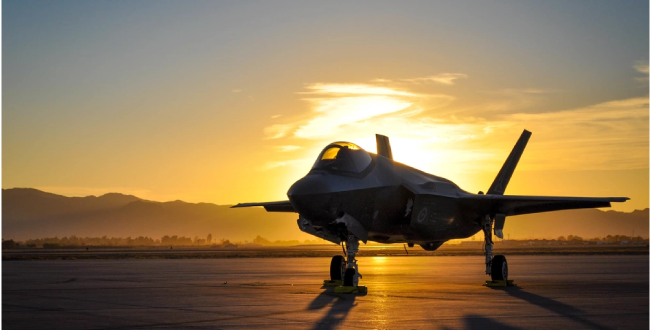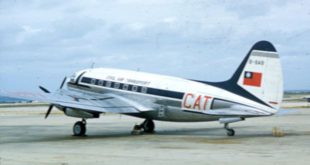ANALYSIS by John “Wolf” Wagner
If others also begin to ground the aircraft, we may be looking at a much more serious problem with our platform.
Now that investigators have found a debris field for the Marine Corps F-35B that was ‘lost’ Sunday after the pilot ejected, the questions are mounting.
In a twist straight out of a Tom Clancy novel, we have come to learn details that really twist the imagination. Among them: the pilot had placed the aircraft on ‘autopilot’ just before ejecting; the plane was part of a two-ship formation; the second plane did NOT follow the now-pilotless aircraft once the pilot exited; the transponder that would normally indicate the aircrafts’ position was inoperable; and, finally, the Marine Corps ordered an across-the-board stand-down of all aircraft for two days.
READ MORE about the F-35 that went missing for more than a day.
Individually, any of these elements would be surprising on their own, and point toward a serious problem. Several pilots have opined on social media that by having a stand-down, the Marine Corps is indicating it was ‘pilot error’ that caused the situation.
Some reports stated that the aircraft had a ‘serious control issue’ that warranted ejecting before it crashed. We may never know exactly why the pilot thought that letting the plane fly on uncontrolled was necessary. But, the wreckage was found in a remote area, we can be thankful that no one, including the pilot, was hurt in the incident.
Of more concern is, what does the stand-down indicate for the Corps, and more importantly, the F-35 program? If one were prone to conspiracy theories, you’d have to ask yourself why not JUST the F-35 in the stand-down? Why include helos and prop planes? Is there a training issue within the Corps?
The Commandant, the Corps indicated that the stand-down is due to several issues over the last six weeks, including the death of an F-18 pilot during training near San Diego and an Osprey incident in Australia, neither of which could possibly be related to the F-35 issue.
What remains to be seen is whether this issue becomes one with the Air Force, which flies another version called the F-35A; the Navy, which flies the F-35C; or our allies (to include the UK, Italy, Australia, Norway, Netherlands, Israel, Korea and Japan), all of whom fly their own versions.
In previous reports dating back to 2022, the GAO found that the F-35 was vulnerable to cyber attacks. Is this something we should be concerned with?
If others also begin to ground the aircraft, we may be looking at a much more serious problem with our platform. We will remain vigilant.
John “Wolf” Wagner is a former White House SES appointee to several agencies in the Trump administration; he’s a retired Army officer and Iraq War veteran. He served a combined 35 years in the military, including USCENTCOM and USNORTHCOM assignments.
 Soldier of Fortune Magazine The Journal of Professional Adventurers
Soldier of Fortune Magazine The Journal of Professional Adventurers






